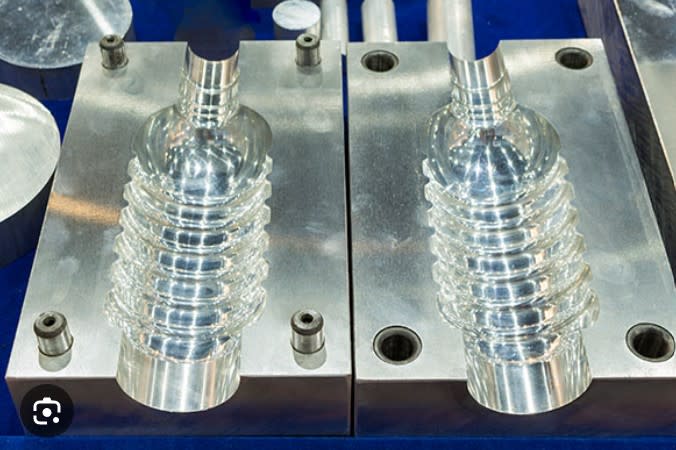Detecting air leaks in plastic injection moulding with acoustic Imaging
Follow articleHow do you feel about this article? Help us to provide better content for you.
Thank you! Your feedback has been received.
There was a problem submitting your feedback, please try again later.
What do you think of this article?
Even the tiniest air leaks can have significant negative effects on the plastic injection moulding process, highlighting the importance of early detection for maintaining product quality, operational efficiency, and safety.
Plastic injection moulding is a manufacturing technique that caters to a vast array of plastic components and products. This method involves injecting molten plastic material into a mould or tool, followed by cooling and solidification to attain the desired form. Its applications span across diverse industries, including automotive, medical, consumer goods, and electronics, enabling the production of automotive parts, medical devices, toys, and packaging materials. With its efficiency and repeatability, plastic injection moulding facilitates large-scale production of high-quality plastic parts characterized by precise tolerances and intricate geometries. Compressed air plays a pivotal role in this process, serving various functions such as ejection, cooling, cleaning, valve gating, and operating pneumatic cylinders. Given the centrality of compressed air, it is evident that air leaks pose significant potential problems and necessitate swift resolution.
The Costly Consequences of Air Leaks in Plastic Injection Molding Facilities
The importance of air leak detection in the plastic injection moulding industry transcends product quality concerns. Air leaks within the injection moulding process can give rise to defects in the final product, including inadequate filling, warping, or sink marks. Such defects erode product quality and elevate scrap rates, thereby increasing production costs. Undetected air leaks can also result in prolonged cycle times, as the injection moulding machine tries to compensate for the loss of pressure. This, in turn, diminishes overall production efficiency and throughput, leading to reduced profits. Air leaks can further endanger operator safety, exposing facility personnel to high-pressure air or other hazardous gasses. Detecting and addressing air leaks on time is, therefore, critical for ensuring a secure working environment for employees. The environmental repercussions of air leaks should not be disregarded either, as they can contribute to pollution by emitting harmful gasses and other pollutants into the atmosphere. Prompt detection and resolution of air leaks play a pivotal role in minimizing the environmental footprint of the plastic injection moulding process.
Acoustic Imaging:
A Perfect Fit Capable of pinpointing hidden leaks with remarkable precision, even within vast and noisy industrial settings, acoustic cameras (261-4442) prove to be the ideal choice for air leak detection in the plastic injection moulding sector. This non-disruptive approach facilitates early detection, thereby preventing product defects, reducing scrap rates, and minimizing unplanned downtime. Empowered by AI-driven real-time analysis capabilities, operators can take immediate action to resolve the issues, optimizing production efficiency and upholding product quality. Acoustic imaging also enhances operator safety by detecting potential hazards stemming from air and gas leaks early on and mitigates the environmental impact of the injection moulding process by preventing the release of harmful gases and pollutants into the atmosphere.
Notably user-friendly and safe for remote operation without interrupting ongoing processes, acoustic cameras simplify the leak detection process and support effective decision-making. Their robustness and reliability render them suitable for demanding environments that can house over 100 injection moulding machines. Overall, acoustic cameras provide a cost-effective solution, yielding substantial benefits by increasing operational efficiency, curbing waste, and enhancing overall productivity in plastic injection moulding operations.



Comments